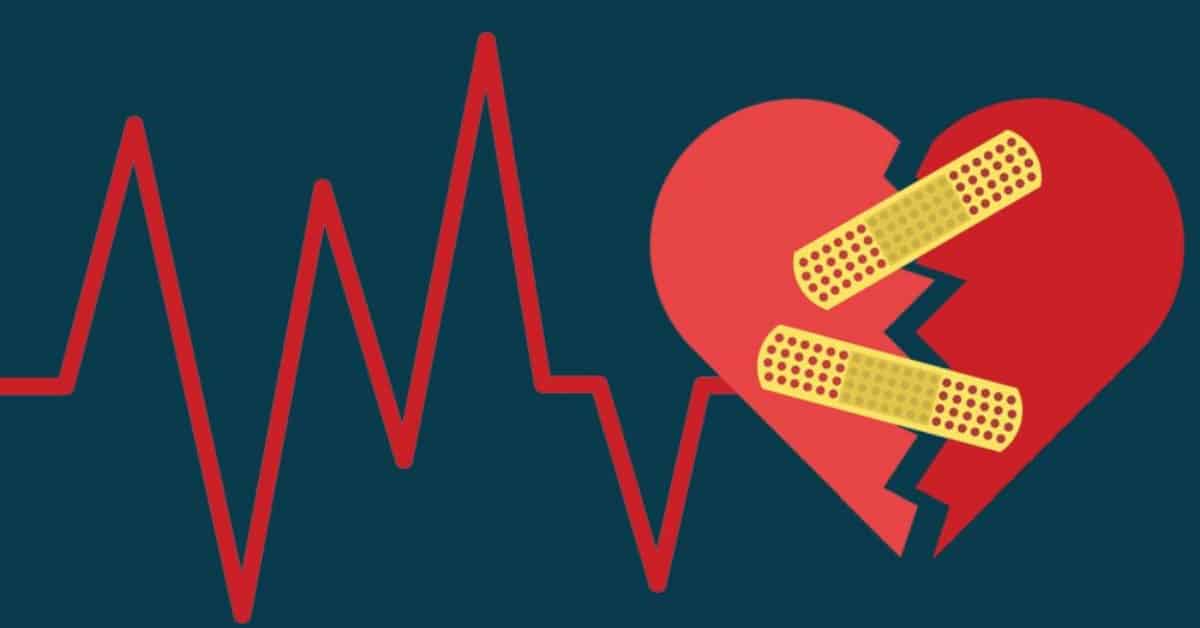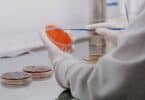Worldwide, at least 64.3 million people have heart failure. About 550,000 new cases of heart failure are diagnosed in the United States each year.
What is heart failure?
Heart failure is a progressive problem characterized by the failure of the heart to pump blood properly throughout the body. It occurs when the heart has become too stiff or weak. It is also called “congestive heart failure.”
What are the 4 stages of congestive heart failure?
Because it is a chronic problem that worsens over time, it has been classified into 4 stages according to its severity.
The stages (stages A, B, C and, D), are classified from “High risk to develop heart failure” to “advanced heart failure. Each stage has specific treatments.
The stages of heart failure are often confused with the classes of heart failure (Class I, II, III, and IV), postulated by the New York Heart Association (NYHA). The NYHA classification reflects the functional limits and severity of heart failure symptoms.
Stage A
Also known as “pre-heart failure.” In this stage are all people at high risk of developing heart failure. However, there are still no abnormalities in the pumping of the heart.
The following are the conditions that increase the risk of having this disease:
- Family history of heart failure.
- Family history of cardiomyopathies.
- Arterial hypertension.
- Coronary artery disease.
- Mellitus diabetes.
- Metabolic syndrome.
- Alcoholism.
- History of rheumatic fever.
- History of use of cancer treatments or other drugs that can damage the heart muscle.
Stage B
Also known as silent or asymptomatic heart failure. It is considered a previous heart failure.
This means that the lower left part of your heart is not working quite well, but you have not had symptoms yet. This is what is known as systolic dysfunction of the left ventricle, the chamber of the heart responsible for pumping blood to the body.
Many people with stage B heart failure have an echocardiogram that shows that the heart is pumping 40% less blood than normal. This is what is known as the ejection fraction.
Stage C
These are those patients who are diagnosed with heart failure and who have had symptoms of the disease at some point. Symptoms often appear due to disorders associated with the function of the heart’s pumping chamber (the left ventricle).
Also in stage C are those people who had symptoms of heart failure in the past but who currently do not have any symptoms.
Symptoms of heart failure
- Feeling of tiredness or fatigue.
- Less resistance to exercise.
- Difficulty breathing. Sudden shortness of breath
- Weakness in the legs.
- Swelling or edema in the calves, ankles, and feet.
- Swelling of the abdomen (ascites).
- Chest pain.
- Rapid weight gain due to fluid retention.
- Lack of appetite and nausea.
- Irregular and fast heartbeats.
- Increased need to urinate at night.
- Cough with white or pink phlegm and constant chest sounds (wheezing).
Stage D
It is the final stage or the most advanced stage of heart failure. People in this stage have advanced symptoms that do not improve despite receiving the correct treatment.
Patients in this stage often have a marked limitation of physical activity even in daily activities. In fact, the damage to heart function is often so severe that even at rest you can experience symptoms.
How is the treatment of heart failure?
There are many types of treatments depending on the stage of heart failure a person is in. Some of the treatments are:
- Follow the treatment and regular medical check-ups for other underlying chronic diseases (antihypertensive, antidiabetic treatment, for high cholesterol, among others).
- Lifestyle modifications (diet appropriate to the underlying disease, regular daily exercise).
- Give up alcohol, recreational drugs, and cigarettes.
- Specific medications (angiotensin II receptor blocker or angiotensin-converting enzyme inhibitor, beta-blockers in case of heart attacks or ejection fraction of 40% or less, aldosterone antagonists, among others).
- Surgical intervention as necessary (for example, as a heart attack treatment, for blocked arteries, valve disease, among others).
- Implants and devices to improve heart function.
- Heart transplant.
Conclusion
Unfortunately, today there is no definitive medical cure to reverse heart muscle damage.
However, there are medications, medical treatment, and lifestyle changes that can help you reduce symptoms and live longer.
Each of these stages has many treatment options to improve your quality of life. The first step to getting relief is talking to your doctor.
References
- Groenewegen, A., Rutten, F.H., Mosterd, A. and Hoes, A.W. (2020), Epidemiology of heart failure. Eur J Heart Fail, 22: 1342-1356. https://onlinelibrary.wiley.com/doi/10.1002/ejhf.1858
- Malik, A., Brito, D., & Chhabra, L. (2021). Congestive Heart Failure. In StatPearls. StatPearls Publishing.
See Also
Congestive Heart Failure
Diastolic Vs Systolic Heart Failure
Covid-19 Symtoms Days by Day









